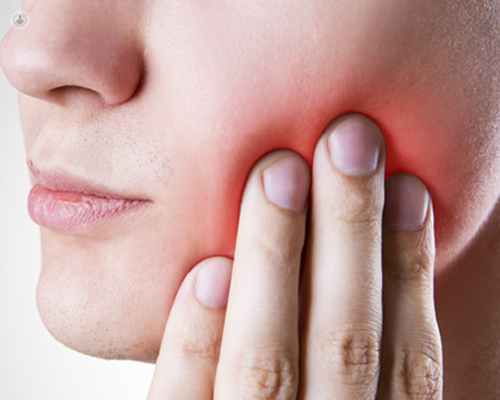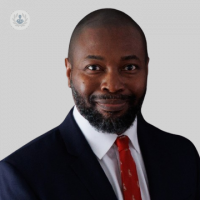What to expect during and after salivary gland surgery
Autore:Tumours can grow on our salivary glands, either being benign or malignant. In both cases, the tumours have to be removed. Awarded consultant maxillofacial surgeon Professor Kavin Andi explains why the procedure is necessary and what to expect if you undergo the operation.

What type of surgery is used to treat salivary gland tumours?
The type of surgery will depend on whether the tumour is benign or malignant.
For small benign tumours in the parotid gland, I use a minimally invasive technique called extra-capsular dissection. This eliminates any risk to the main branch of the facial nerve. For large tumours in close proximity to the facial nerve, I would recommend a superficial parotidectomy. This operation involves identifying the main branch of the facial nerve and carefully removing the superficial part of the gland along with any tumours that may be within it. For cancerous or malignant tumours, removal of the entire gland may be necessary in conjunction with removal of the lymph nodes in the upper part of the neck. Sometimes it is necessary to sacrifice a branch of the facial nerve, and in this situation nerve grafting will be required to ensure the best chances of functional return; the procedure is carried out utilising microsurgery techniques. Often when the gland has been removed, this can leave the face with a sunken-in appearance behind the angle of the jaw. This can be significantly minimised by harvesting some muscle from the neck which can then be inserted into the defect to maintain the shape of the face.
What should patients expect during the procedure?
The operation is carried out under general anaesthesia using electronic monitoring of the facial nerve branches throughout. This helps with the identification of minor branches which may be in proximity of the tumour. I also use a facial nerve stimulator which allows me to detect which branches are supplying the different muscles or the face.
How long does it take to recover from surgery?
Recovery is very much dependent on the extent of the surgery. Small tumours removed after extra-capture dissection can be carried out as day surgery with normal facial nerve functioning as soon as you wake up. Large tumours may require two to three days inpatient stay with facial nerve functioning recovering after a period of two to three months.
What facial changes should patients expect after surgery?
The scar for surgical access will be hidden in skin creases in front of the ear and behind the ear lobe joining with a skin crease in the neck. For very young patients I utilise a face-lift approach which hides the scar in the hairline behind the neck. The surgical site often tends to be swollen in the first 24 hours and this can take one to two weeks to settle down. If the nerve has been formally dissected as part of the procedure, facial nerve weakness will be expected post-operatively on a temporary basis. Sometimes saliva accumulates under the skin after the operation and this may require aspiration in outpatients on two to three occasions. The skin and earlobe often feel numb after surgery and it may take several months before sensation returns to normal. Some patients experience sweating of the skin excessively whilst eating or thinking about food months after the operation has been completed (this is known as Frey’s syndrome) because the nerves that supply the salivary glands reconnect with the sweat glands in the skin. This can be treated with Botox if it is troublesome.
What other therapies or treatments might patients need after?
For benign tumours, no further treatment will be required but we will proceed with scar management with Dermatix ointment in particular over a period of six months. Patients who are prone to keloid scarring will also have additional scar management at the time of surgery and after the operation.
In cases where the tumour is malignant, additional post-operative radiation therapy may be required, and in some cases proton therapy maybe more appropriate.
Chemotherapy for NTRK fusion-positive cancers may also be appropriate depending on the tumour type.
For a consultation with Professor Kavin Andi, you can go to his Top Doctors profile and schedule a visit.


